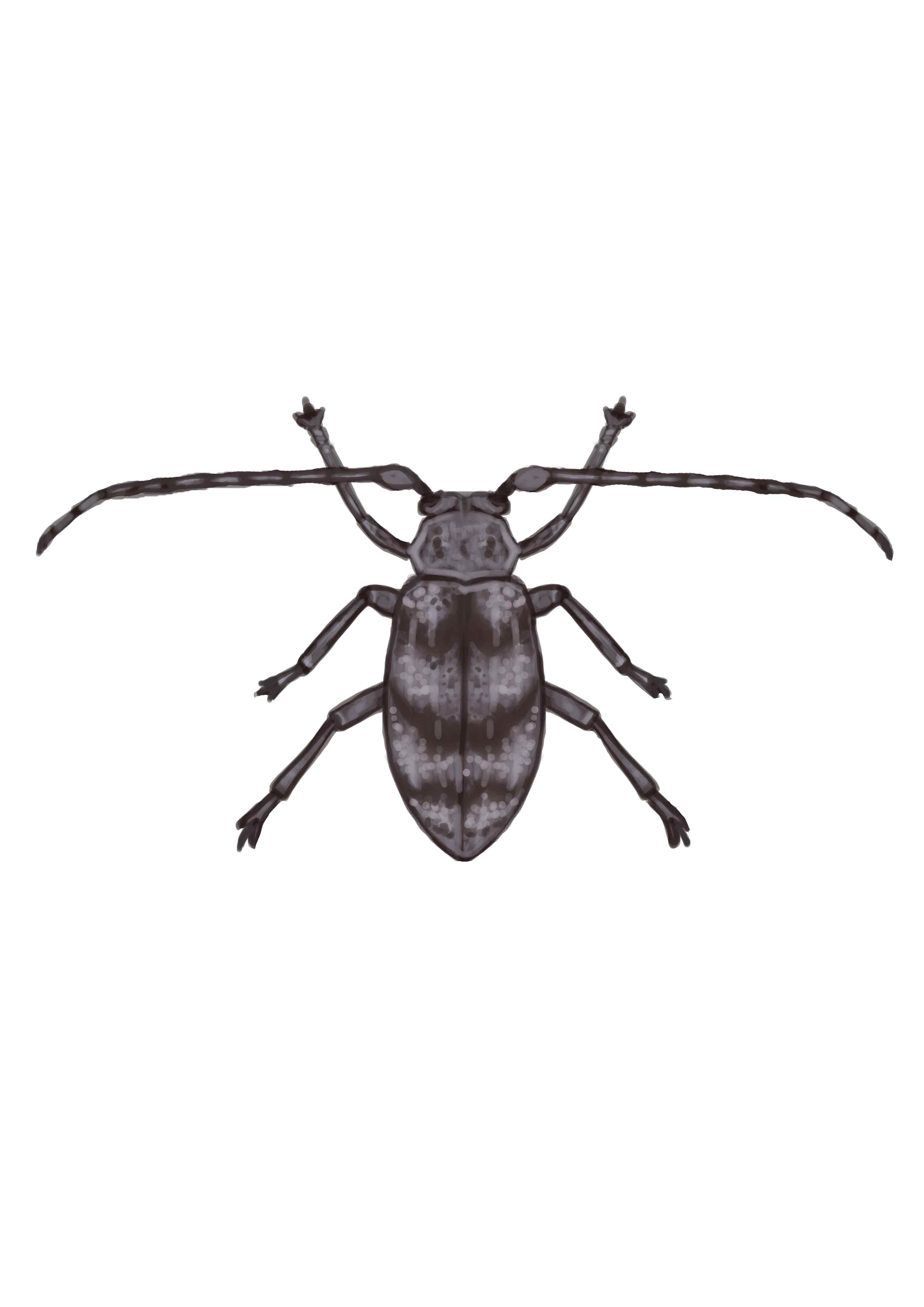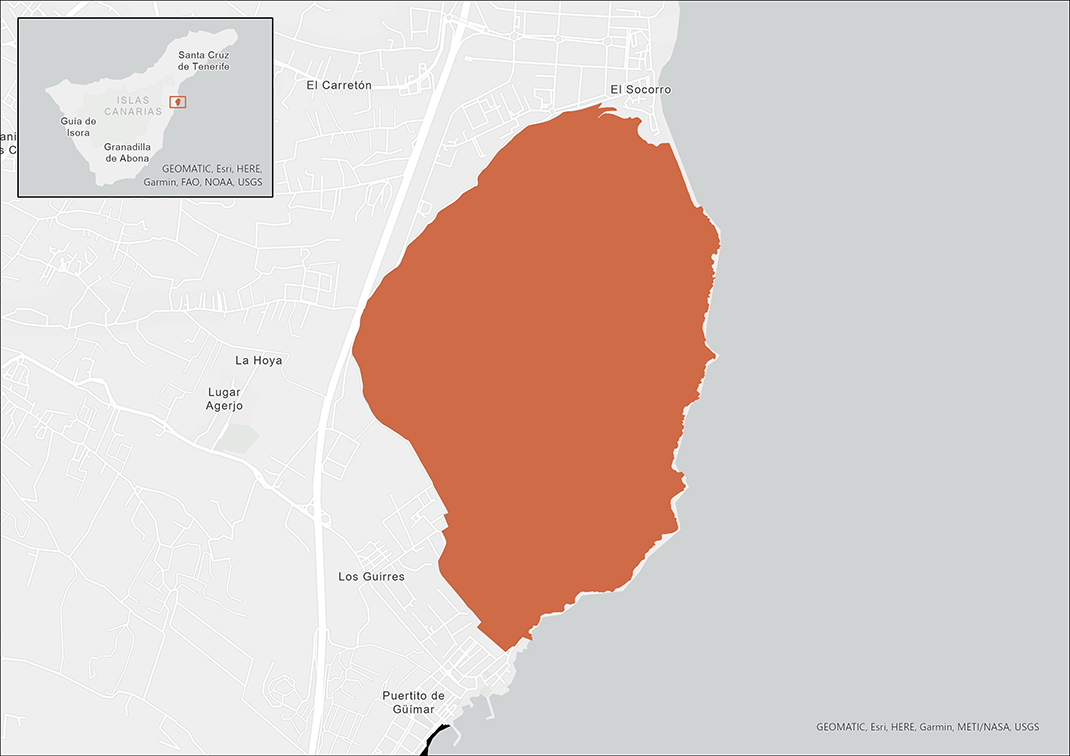Plan your next adventure
Tailor your own route along Tenerife’s trails quickly and easily..
Go to planner
The Malpaís de Güímar is one of the most popular spots in the south of Tenerife.
Its volcanic cone stands out along the motorway linking the capital with the south of the island, and at its foothills lies one of its best preserved areas of tabaibal.
Its proximity to populated areas and natural beauty have made it a popular place for walking along its signposted routes, which help to protect the rest of the reserve and ensure its conservation.
Recommended time to visit: Spring
The most prominent volcanic cone is Montaña Grande, part of a relatively recent volcano (in geological terms), less than 10,000 years old.
The formation of the landscape is typical of a Strombolian volcano, similar to the 2021 eruption in La Palma, with a cone created by compacted ash, pyroclasts and volcanic bombs, with lava flows leading down to the sea.

In the reserve, the most dominant plant species are those that have adapted to conditions of drought, high salinity, sun exposure and strong winds. It is not surprising that one of the island's best areas of cardonal-tabaibal is found here.
Among the cardón (Euphorbia canariensis) and tabaiba amarga (Euphorbia lamarckii), other species can be found such as the leña buena (Neochamaelea pulverulenta), tasaigo (Rubia fruticosa) and cornical (Periploca laevigata). You will also find a large area of balsam spurge (Euphorbia balsamifera), along with other species such as magarza (Argyranthemum frutescens), romero marino (Campylanthus salsoloides) and cardoncillo (Ceropegia).
Invertebrates are the main inhabitants of the area, although they are the least known.
You will be able to spot the Gallot’s lizard running between the tabaibas (Euphorbias), as well as Berthelot's pipits. You will also see the Sardinian warbler and the Eurasian blackcap flit from one tabaiba to another in search of food.
Along the coast you will find yellow-legged gulls, Eurasian whimbrels, and Common ringed plovers. At night between March and October you will hear Scopoli's shearwater approaching the cavities in the rocks where they incubate their only egg and then feed their only chick of the year, before setting off south once again across the ocean.

290.3 hectares (0.1% of the island)
Bejequillo peludo de Tenerife (Aeonium smithii), cardoncillo (Ceropegia), magarza (Argyranthemum frutescens), cardón (Euphorbia canariensis), leña buena (Neochamaelea pulverulenta), balsam spurge (Euphorbia balsamifera), sea lettuce (Ulva lactuca), Berthelot's pipit, Scopoli's shearwater, spectacled warbler, yellow-legged gull.
Volcanic cone, sandy plains, badlands, cardonal-tabaibal, coastal strip.
Montaña Grande, Morras del Corcho, malpaíses, franja costera.
To consult permits for use and updated regulations for this Protected Natural Area, visit the official website of the Government of the Canary Islands.

Tailor your own route along Tenerife’s trails quickly and easily..
Go to planner